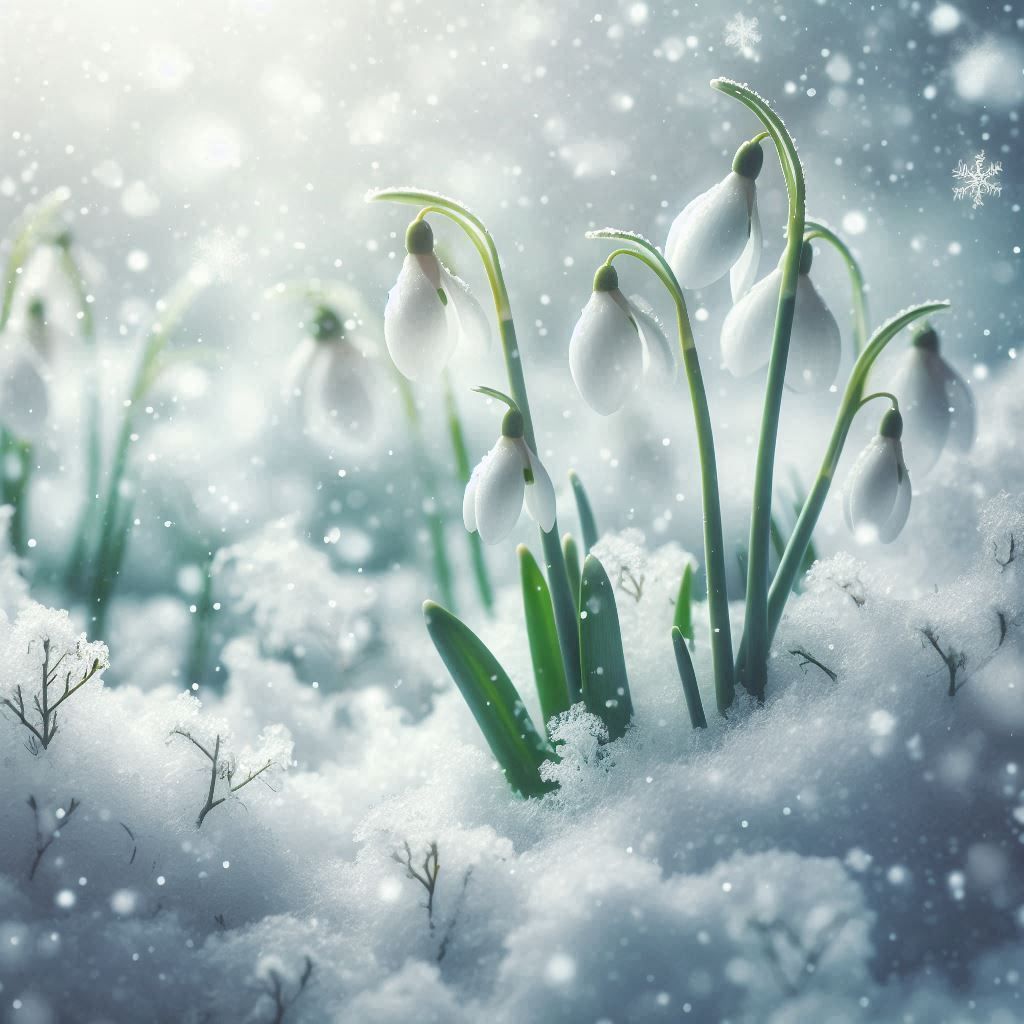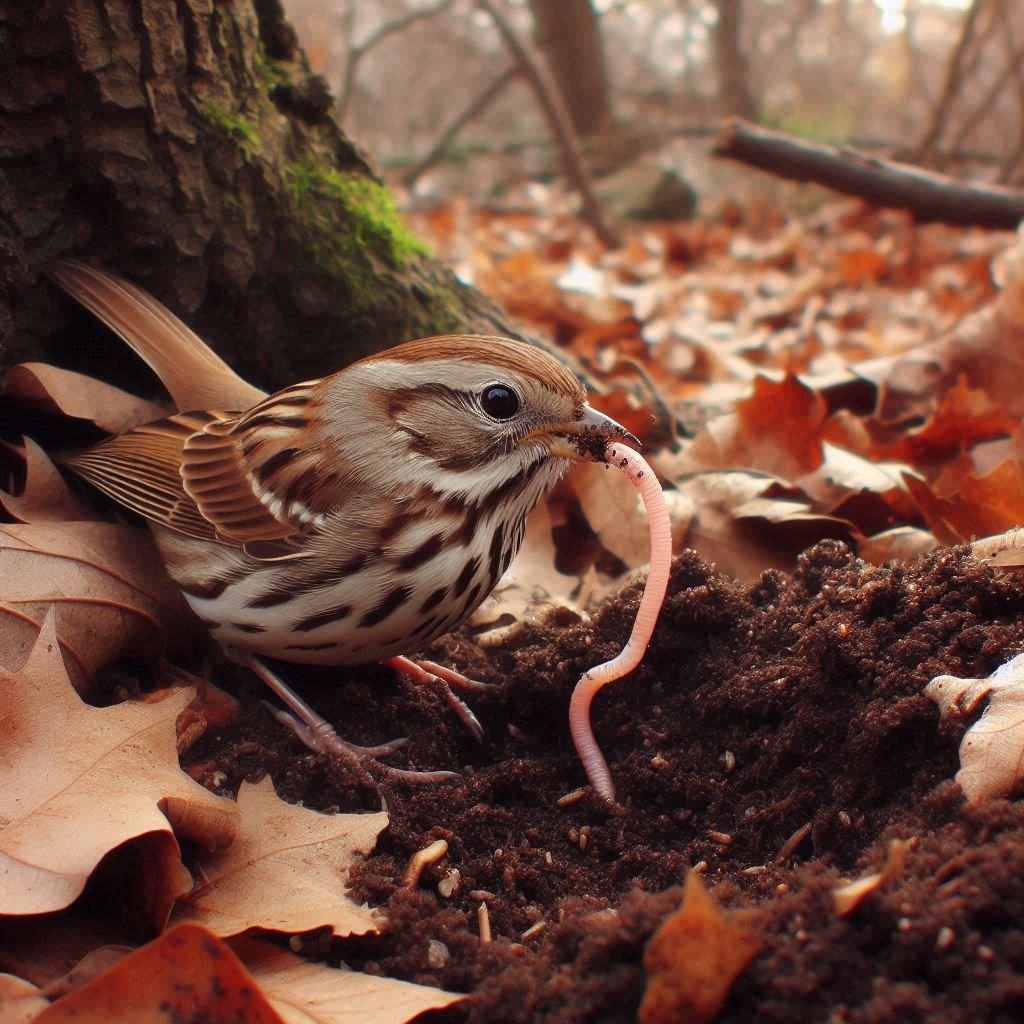Essence of Daylily
Here at Stone Harvest, hundreds of daylilies are blooming like there’s no tomorrow. Their impulse is correct. A daylily flower lives for only one day. When night falls on that day, its petals contract and tightly close around its fertile center, ending any chance for further creation. By the next morning, all that is left of what the day before was a glorious, prospering, living being is a wilted, mushy corpse.
I always feel a little sad when I pinch off the dead daylilies and drop them in the dirt. Their existence was no more than a fleeting beauty. But that’s life.
I also feel grateful. I feel grateful because the fleeting beauty of daylilies makes the world more enduringly beautiful, and I am convinced humanity needs nature’s beauty to survive.
I likewise appreciate the daylilies’ quality over quantity lesson. One that comes with a warning that tomorrow is not a sure thing.
It is ever amazing to me how much plants have to teach. I guess that is why I can never seem to let go of the kooky notion that the flora among us are intelligent, conscious beings.
Whether smart and aware or not, daylilies grow like crazy for me.
Currently, I have daylilies blooming in colors of buttery yellow, creamy white, delicate pink, deep rose, soft peach, radiant coral, intense apricot, eye-popping scarlet, a purple so rich it is almost black, a velvety maroon, and a classy mauve splashed with violet.
In addition, there are daylilies with petals of fiery orange striped with a burnt orange. Others have petals that begin as bright yellow, move on to royal purple and end as dirt brown. That doesn’t sound beautiful, but it is beautiful and somehow a bit human as well. Yet, the daylilies I most wish to emulate are the ones with sanguine petals and centers of gold.
Much as I would prefer the word heart, according to the American Daylily Society, the center of a daylily flower is called a throat. While daylily throats do come in other colors, most of mine have throats in shades of gold, yellow, or chartreuse. All have fuzzy-tipped stamens, anthers coated with pollen, that extend from their centers to almost beyond the end of their petals. They make the daylilies look like they are sticking out their tongues.
So, when the daylilies and I get together, I stick out my tongue too. Silly, I know. But it is how I relate to the daylilies. It is how I imagine together we mock the painful brevity of our lives. And I must say, my childish sauciness makes me laugh, and I am happy!
Of the many daylilies that flourish in my gardens on the slope of the pond and alongside the creek, the one that is my favorite is not a cultivar like the others. It is a wildflower. It is often called a tiger daylily.
Which is not to be confused with a tiger lily. Since a tiger lily, according to botanists, is a “true” lily. Like all true lilies, it sprouts from a bulb. From its throat through the tips of its petals, the tiger lily is a vibrant orange speckled with dark spots. Its petals curve backward to such an extent the whole blossom droops downward. Blooms last for a week or more, making the tiger lily an excellent cut flower.
(Apparently, at some point, someone decided the orange true lily with dark spots resembles a tiger’s fur, and that’s how it got its name. Be that as it may, every tiger I’ve ever seen had no spots. They had stripes. Go figure.)
As for the tiger daylily, like all daylilies, it grows from tuberous roots. Its petals too are a vibrant orange color, streaked and highlighted with an even more striking red-orange and coming together in a center of autumn gold, usually streaked with a bit of spring green. Its petals curve only slightly backwards. The blossom is upward facing. For the reason I hope I have by now made clear, the tiger daylily, while as beautiful as the tiger lily, makes a disappointing cut flower. Howbeit, on the upside, though a tiger daylily’s life is short, it typically lives safe and sound in its own home.
The tiger daylily is also referred to as a ditch lily or outhouse lily. Names that appear to lack dignity. However, ditch lily comes from the fact that the plant is so robust, it will thrive almost anywhere, even in otherwise barren roadside ditches.
As to the other, even less distinguished moniker, in the past, outhouse lilies were planted around privies so that visiting ladies could easily find a toilet without the embarrassment of having to ask. How both amusing and sad it is to think of women being ashamed of what is natural, healthy, and normal for every member of humankind. I cannot help but wonder if the strong, bold example provided by the outhouse lilies growing around those privies subliminally pushed us ladies to toughen up and get a tighter grip on our bodies.
Whether outhouse lilies playing a role in women’s progression is an actuality or a product of my imagination, I have no way of really knowing. I will additionally admit that if there is one thing I know about imagination, it is that it is always reaching for something to connect with and build upon. Because, of course, not even the most powerful imagination can create from nothing. Consequently, in its exuberance, it often overreaches. Nonetheless, I like how imagination stretches the mind, loosening it up and leaving it more flexible. Comparable to a yoga session that afterwards makes the body feel, as a friend of mine describes it, deboned.
Not just tiger daylilies, but all daylilies are exceptionally drought tolerant, and for this, I am also grateful. Even now, as Lightfall Hollow is experiencing unrelenting heat and drought so horrendous large numbers of my summer flowers, other plants, and even some of the trees are bending to the weather’s will and fading fast, the daylilies continue to stand hale, hardy, and blooming like crazy. As I witness every day of this accursed weather, they are an oasis for the nectar-thirsty and pollen-hungry pollinators that make human, as well as all other terrestrial life on Earth possible.
Thus, in more than one way, daylilies are doing their part to help us and our planet. Even if it’s only for a day. But what a difference that day makes. Surely then, it is not an overreach to imagine that if another type of living being is given a more generous helping of time, the positive differences they can make are as many or more than all the days of their life.

Credit: Bing Image Generator
Share this post via









